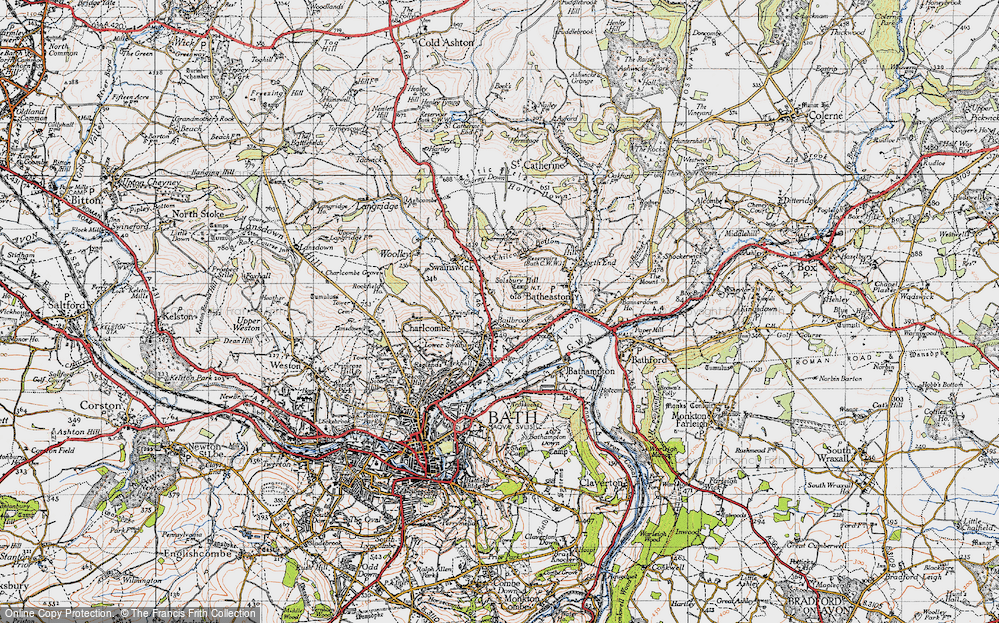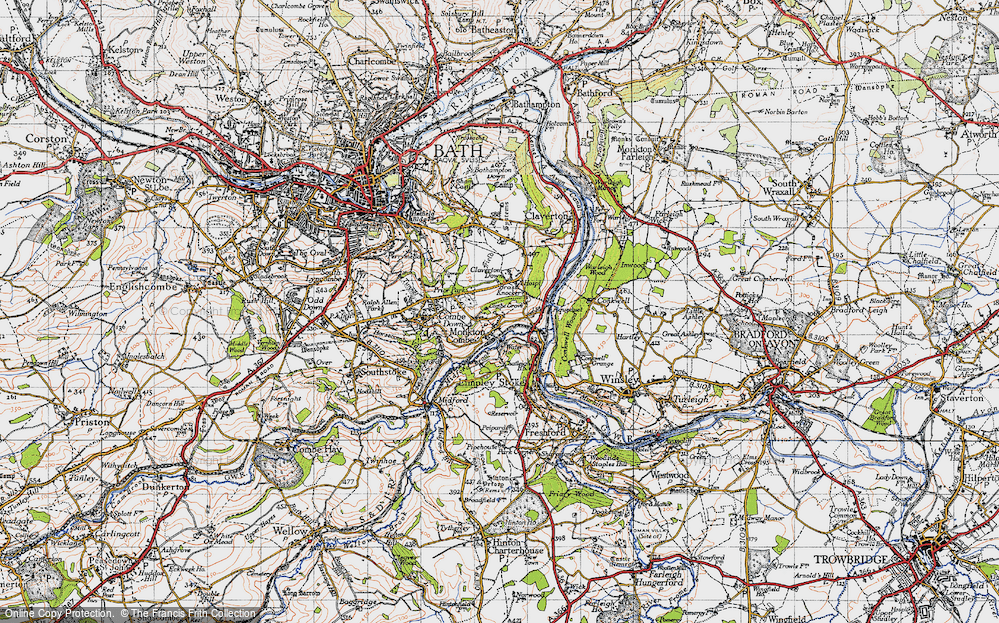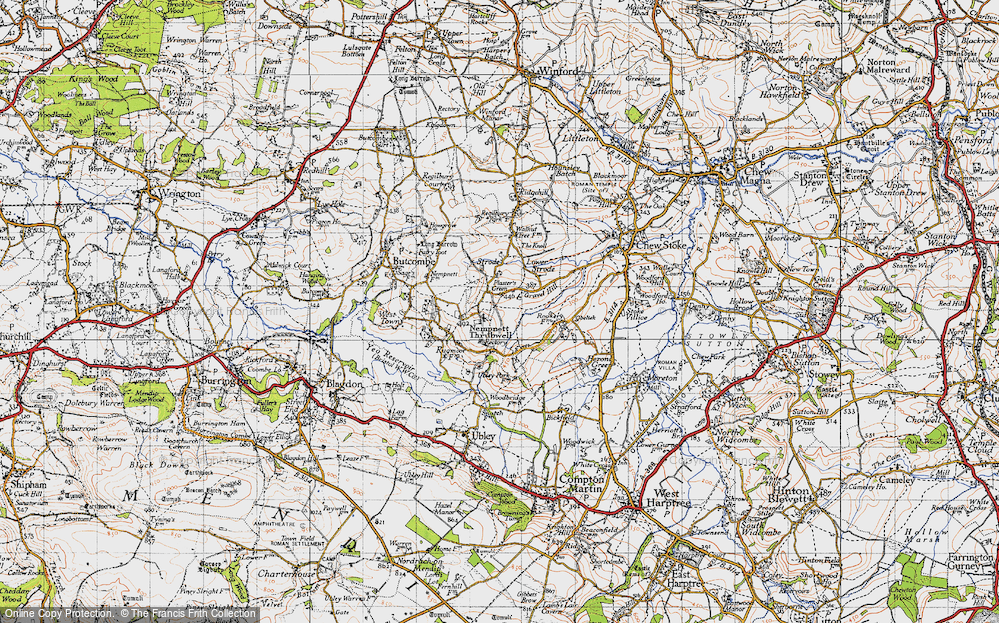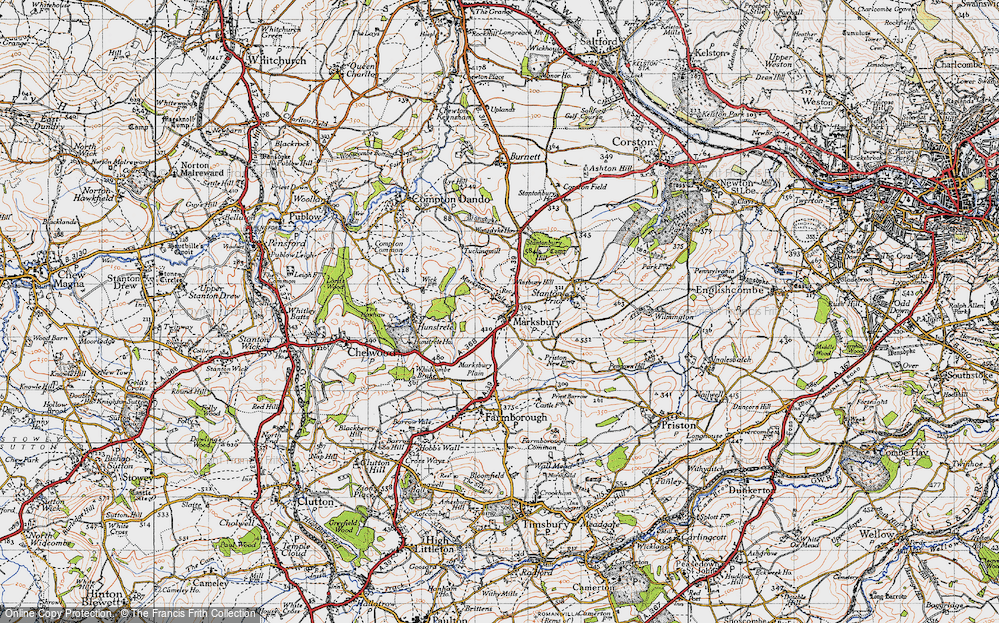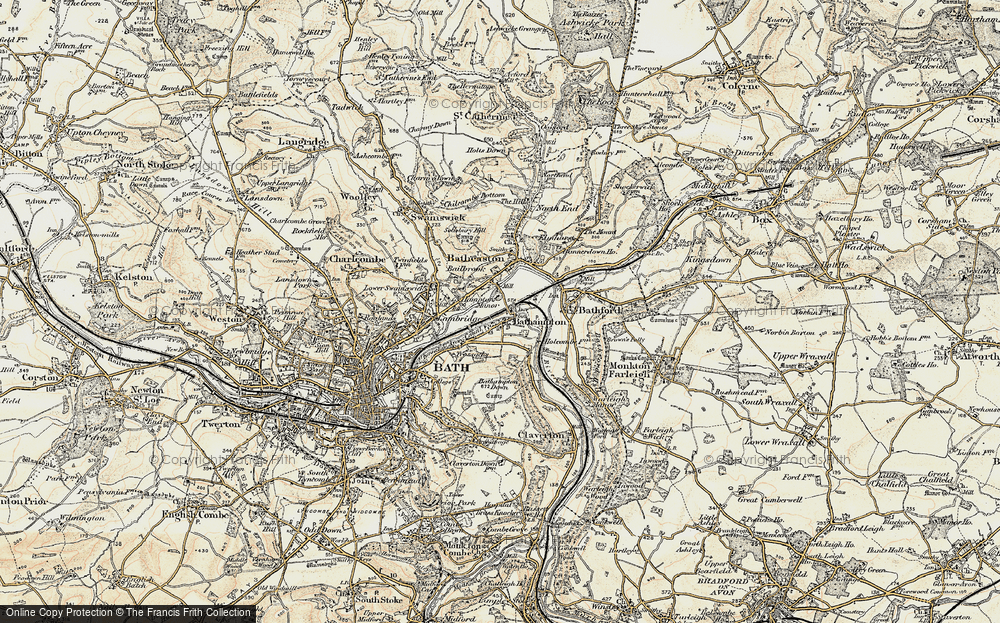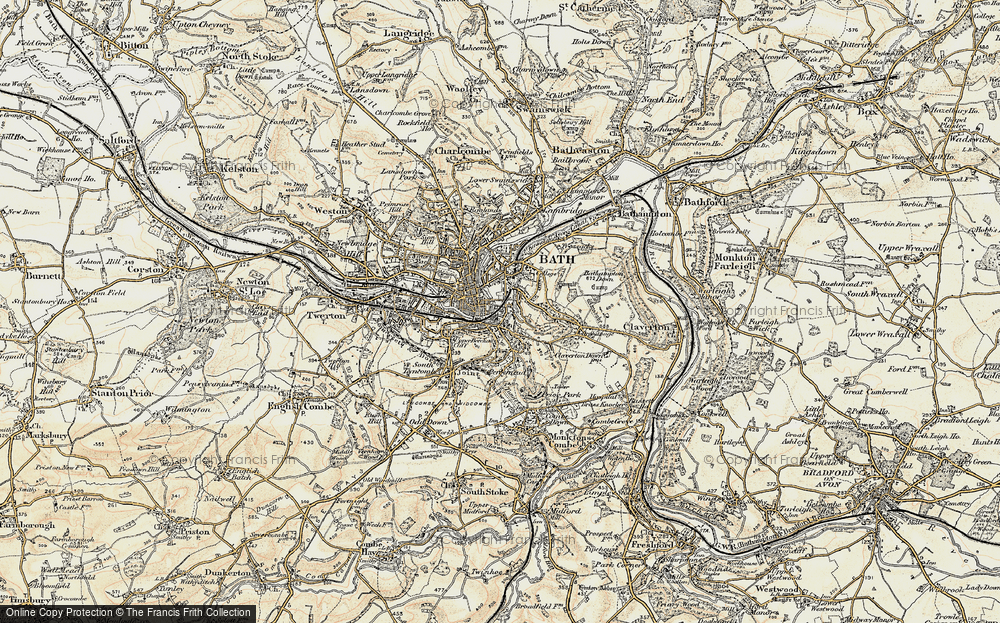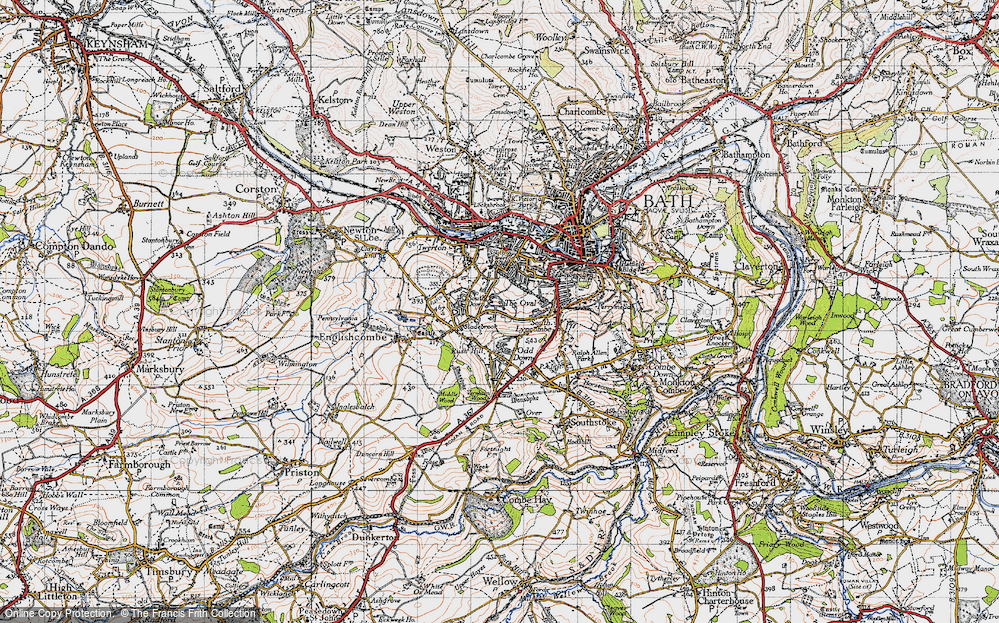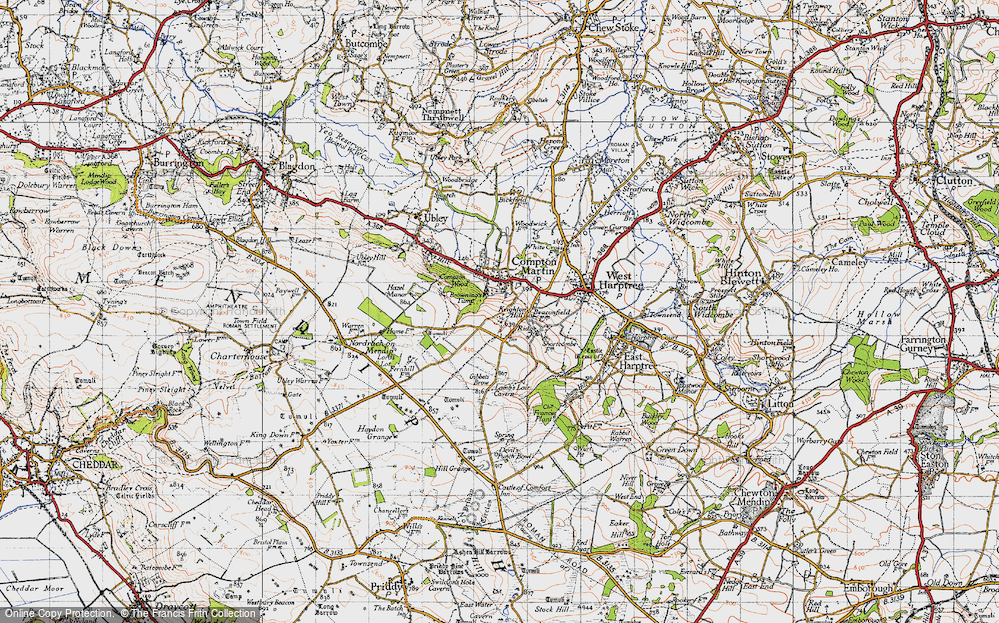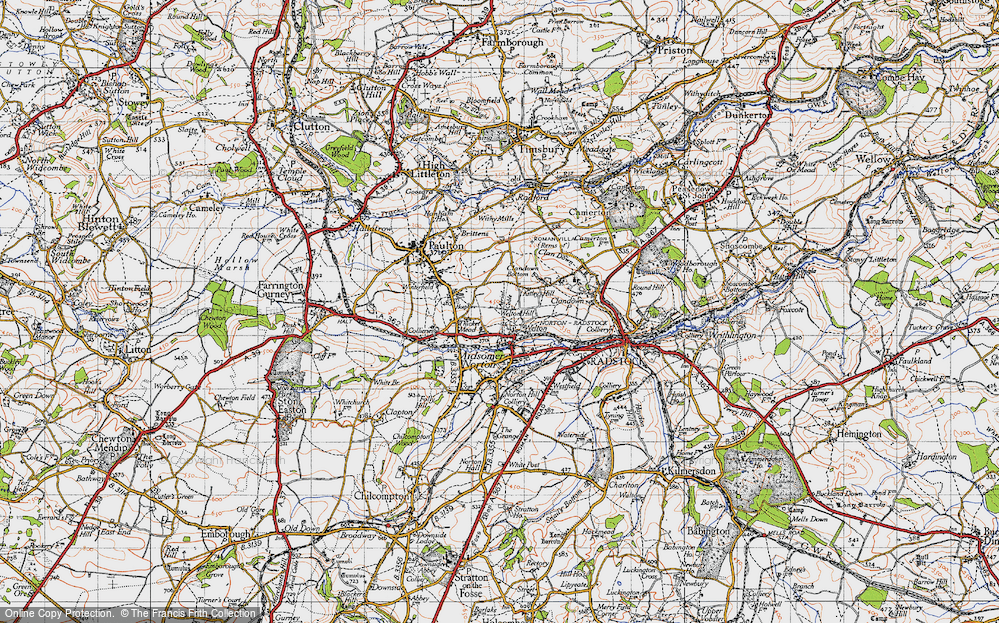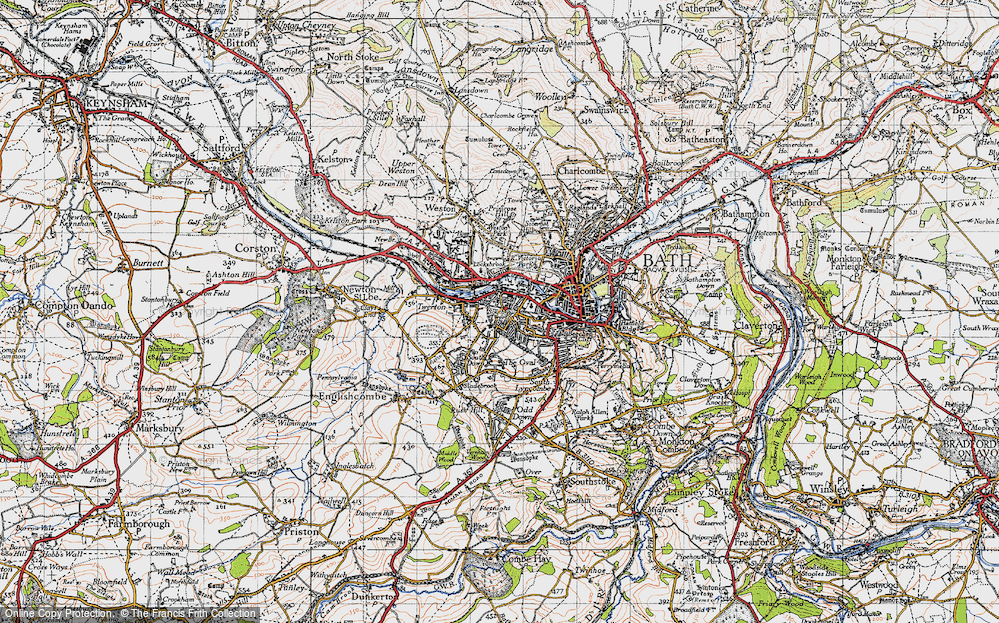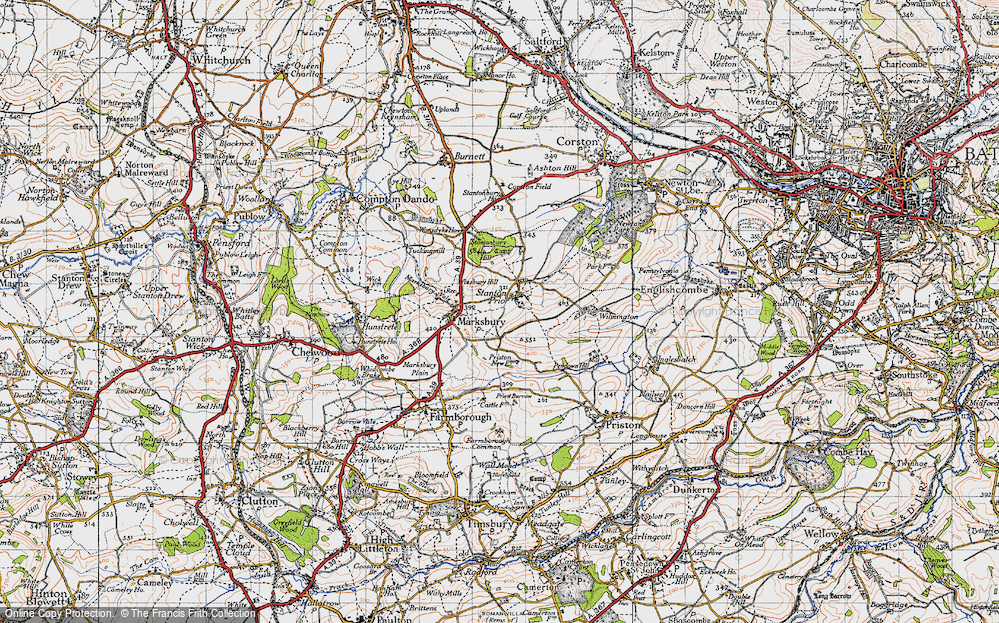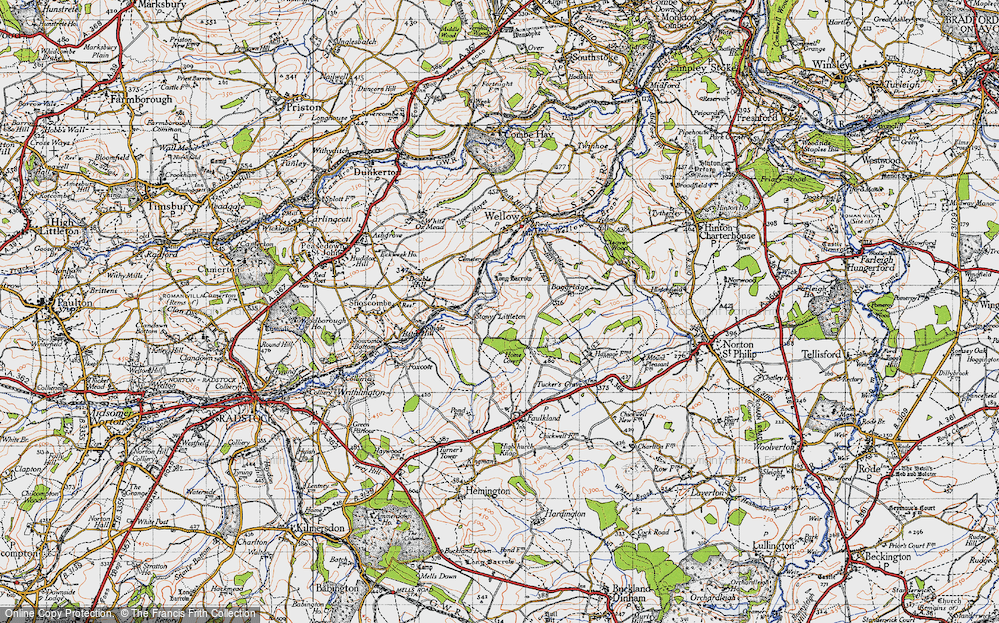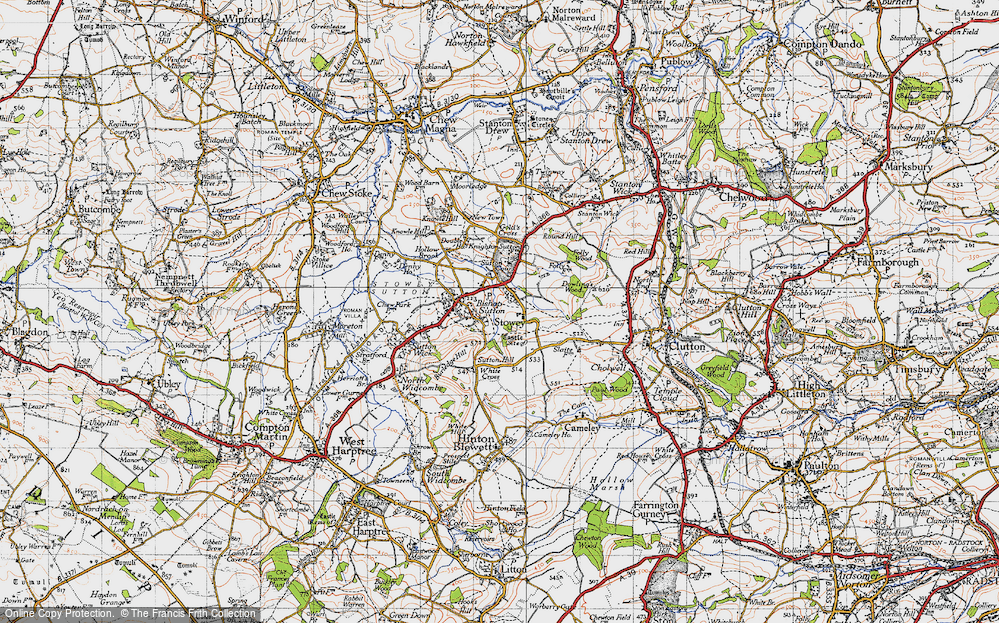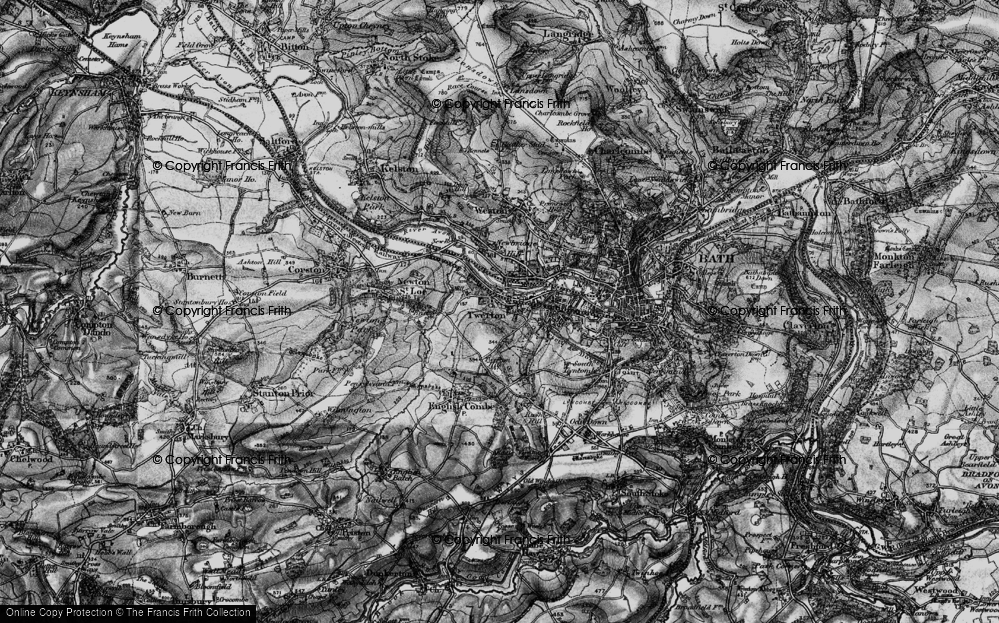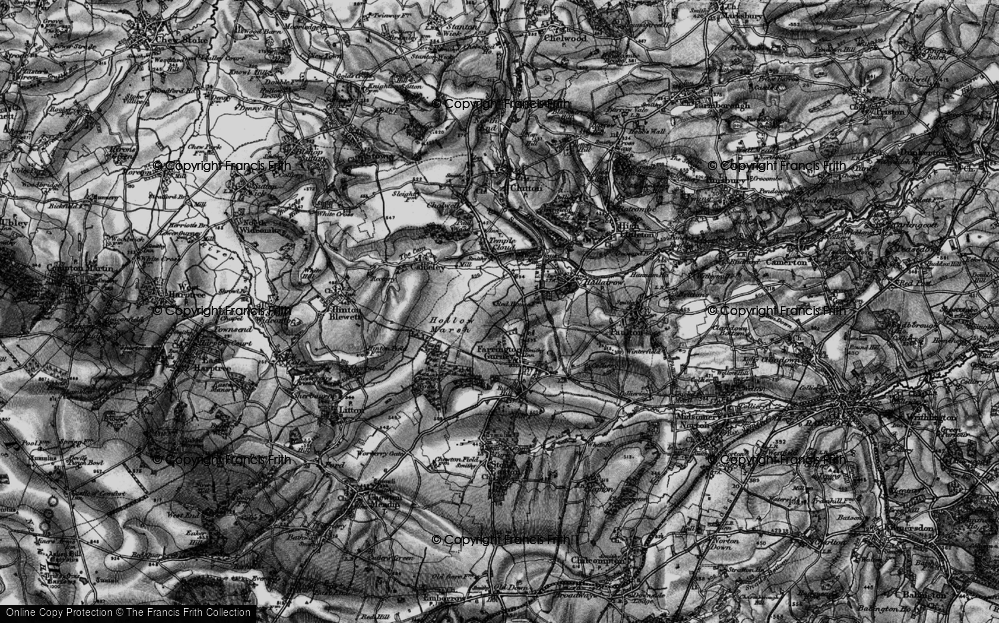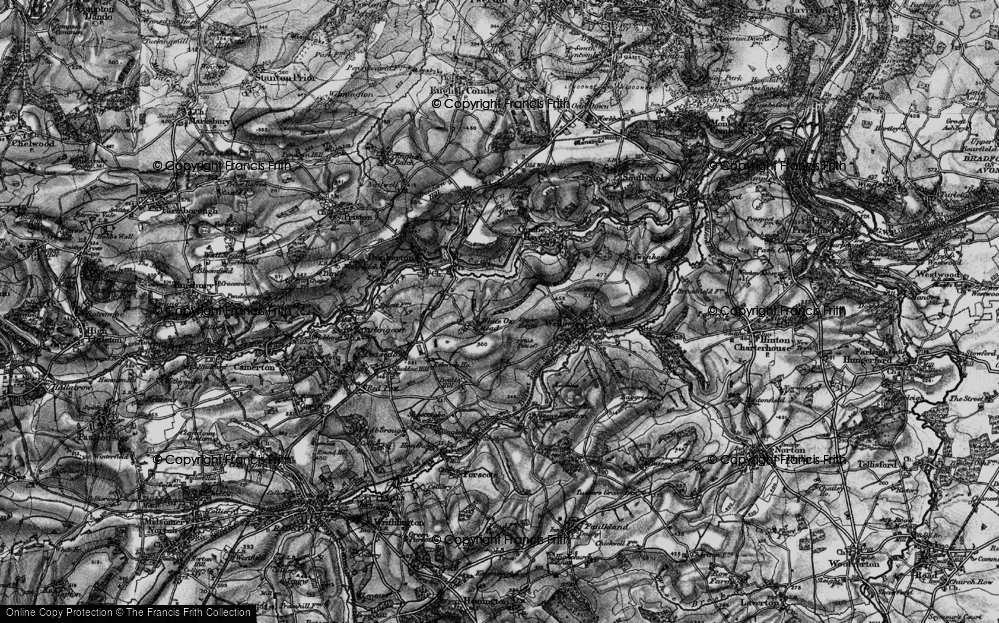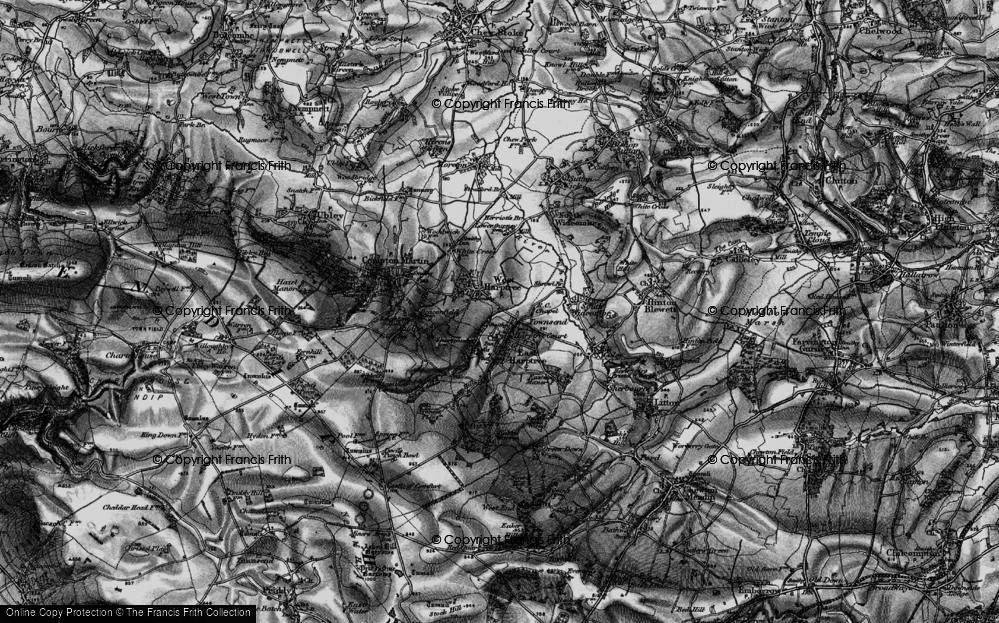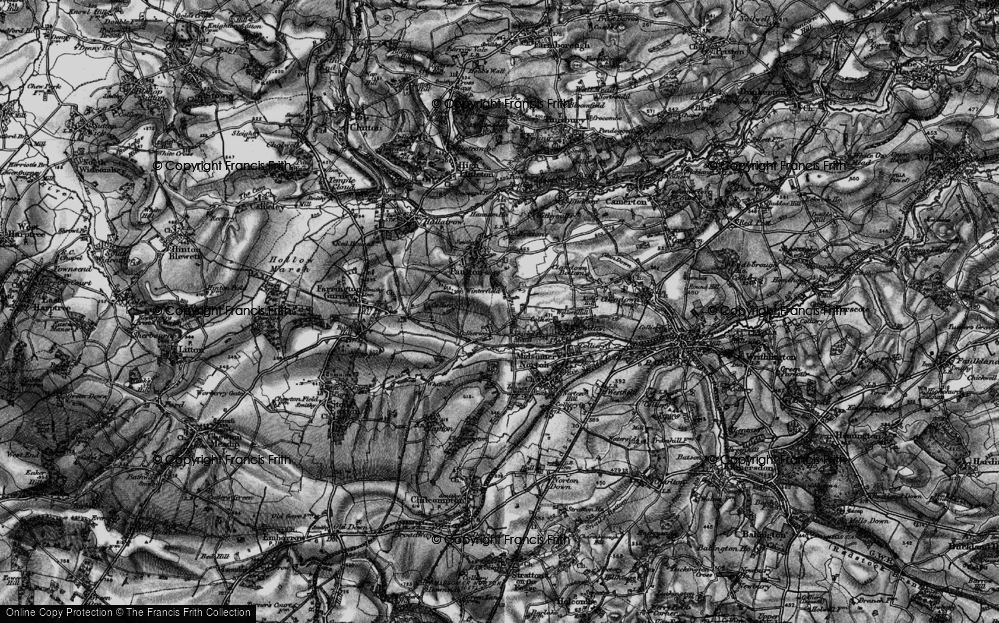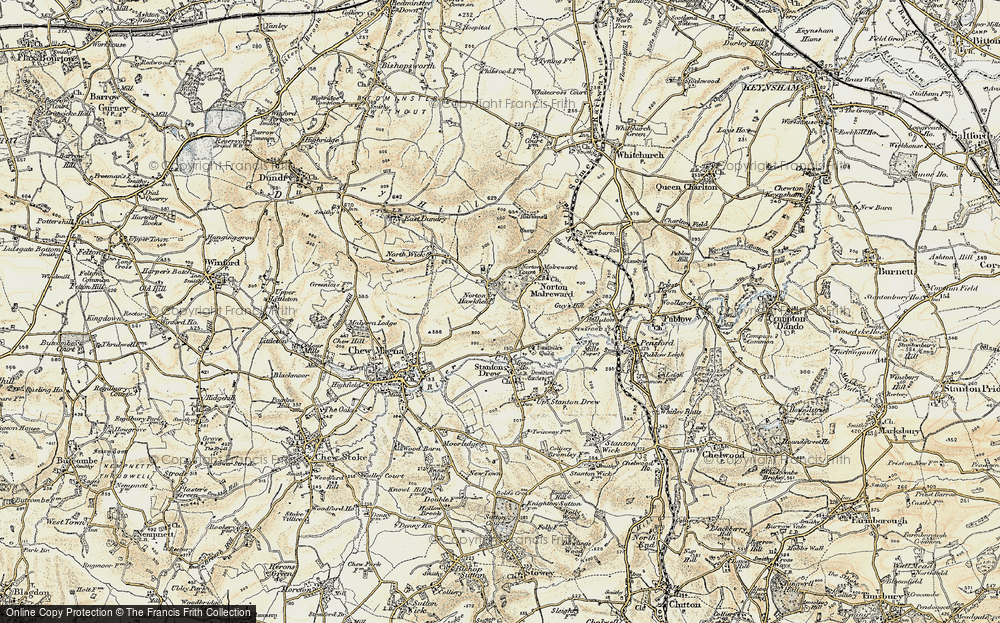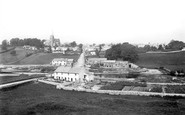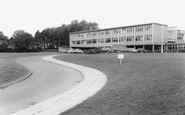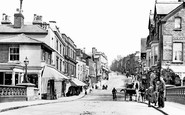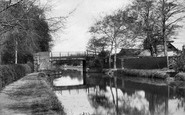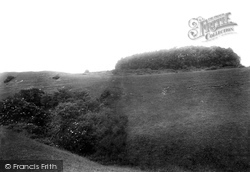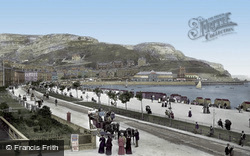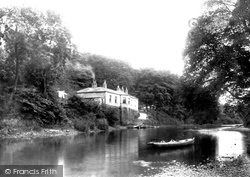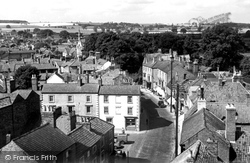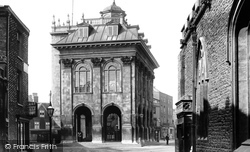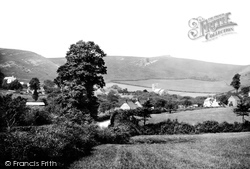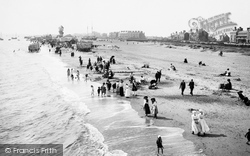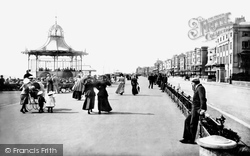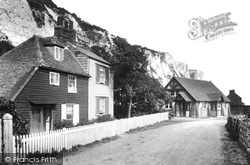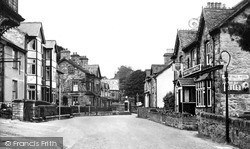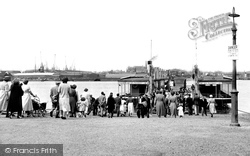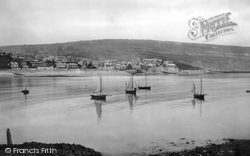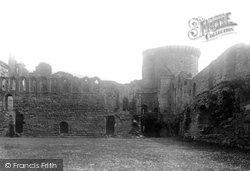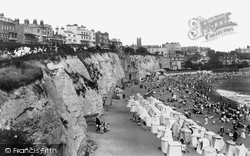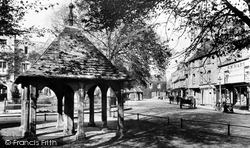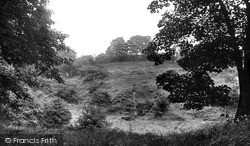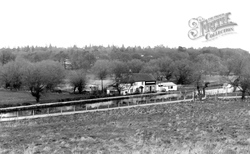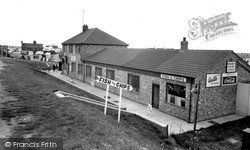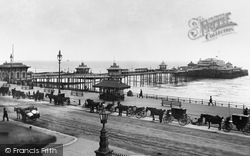Places
Sorry, no places were found that related to your search.
Photos
Sorry, no photos were found that related to your search.
Maps
1,353 maps found.
Books
3 books found. Showing results 889 to 3.
Memories
2,047 memories found. Showing results 371 to 380.
Girl Guide Camp 1945
During the week the second world war ended (not sure whether it was (VE or VJ) I was camping in the village with a party of Girl Guides from Keighley, West Yorks. We were led by Miss Clough who was the Keighley ...Read more
A memory of Burton in Lonsdale by
I Started There The Day It Opened
When I passed my 11+ in 1954 our class was sent to either Kettering Grammar School (for boys) or Kettering High School (for girls). That building in Bowling Green Road is now Kettering Borough Council's offices. There was ...Read more
A memory of Corby by
A Million Miles From A Game Of Football.
I wrote this piece for a writing group exercise in April/May 2019, near my home in NE Scotland. LIttle did I know then that some of the memories would form part of my Mum's Eulogy just three months later. The day ...Read more
A memory of Wembley by
Post War Memories
I was raised in Mountsorrel in the Soar valley near Leicester. It was a Norman village that lay alongside the river Soar under Castle Hill. The hill got its name from the mote and bailey type 12c castle built by the Beaumonts – ...Read more
A memory of Mountsorrel by
You Can Take The Boy And Girl Out Of Stanwell But You Cant Take Stanwell Out Of The Boy And Girl
Wow !! what a trip down memory lane, i read all the memories and can relate to most of them. We moved to Stanwell in the early 50's after my Father got a ...Read more
A memory of Stanwell by
Castle Street Swimming Baths
I was a pupil at St Nicolas Primary School, Portsmouth Road, from 1964-1966. We went swimming at the Castle Street baths every week. I remember thinking even at the age of 10 how run down the street was and how old ...Read more
A memory of Guildford by
‘Bert, The Picture Man’ – He Took The Silent Movies To West Norfolk – Looks Back On A Golden Age
I found this cutting from the Lynn News & Advertiser, Friday, January 12, 1968 and thought it might be of interest to others. IF ANYONE COULD BE CALLED A ...Read more
A memory of Hunstanton by
Good Old Days.
Hello fellow northolters. I was born and raised in northolt. Southwell avenue. St Vincent was my school about 1964-5 till about 1970-1. I used to go to the northolt youth club down car road. Most times just hanging about. I got banned ...Read more
A memory of Northolt by
Basingstoke In The Late 40s And 50s
I was born in Basingstoke in 1942 at 17 Mortimer Lane, pulled down during the town redevelopment. I remember playing on the bomb site opposite St Michaels Church, now a remembrance garden. We also used to go ...Read more
A memory of Basingstoke by
Recollections Of Ash Vale By Lt Col Taylor
RECOLLECTIONS OF ASH VALE By Lt Col Taylor Ash Vale, viewed from the main route through it the Frimley and Ash Vale roads would not have appeared to alter a lot during the last 100 years. Houses do now ...Read more
A memory of Ash Vale by
Captions
1,059 captions found. Showing results 889 to 912.
Now a tree-clad hilltop fort, this is another example of the many forts built by the Iron Age people. To date it has never been excavated.
'The Queen of Welsh resorts', Llandudno preserves much of its Victorian flavour, with its sweeping promenade faced by numerous hotels, its expanse of sands between the headlands of the Great and Little
The name derives from bos, Latin for ox, and ton, Anglo-Saxon for township. A Roman villa was here from AD200.
The tower of St Wilfrid's Church had to be the perch of the photographer for him to take this shot.
Frith's Victorian photographer was in the lane leading to the abbey gateway, and looking across the Market Place to what is now undoubtedly the finest building in Abingdon: the Town Hall.
This route heads for the beautiful Mendip Hills, the carboniferous limestone ridge that separates the Avon valley and Bath and Bristol from the rest of Somerset.
A late Edwardian scene before development took place along Grand Parade, and when grassy sand dunes filled the space where the Embassy Centre is now situated.
Worthing's was a good example, with screens to protect the band from the sea breezes and an elegant wrought iron openwork cupola to its ogee roof.
These timber-clad cottages, standing at the foot of the white cliffs, are part of a small community which developed both as a bathing resort and as a residential quarter in the closing years
These timber-clad cottages, standing at the foot of the white cliffs, are part of a small community which developed both as a bathing resort and as a residential quarter in the closing years
Trefriw, like so many Welsh villages, boasts a long history which is not always evident from the predominantly 19th- century buildings.
The Floating Bridge was for many the only way to cross the river at this point. This 1950s photograph somehow captures the spirit of that austere period following the war.
Nestling in a combe between two rocky hills, the tower of the parish church of St Michael is clearly visible in this view of the town, taken from the Cobb, on which the Duke of Monmouth landed on 11
Three hundred years ago, Bothwell was a strategically important village, its bridge being the only one over the Clyde apart from Glasgow Bridge.
Here is Larne the holiday resort, with its own segment of the rugged Antrim Coast.
The heart of Georgian Weymouth overlooks the sands from the Gloucester Hotel (top left) and the Royal Hotel (centre left), in a broad sweep around to the Victorian spire of St John's Church and Brunswick
Now a tree-clad hilltop fort, this is another example of the many forts built by the Iron Age people. To date it has never been excavated.
The wheeled bathing machines of earlier pictures have been replaced by this array of circular tents, allowing Edwardians to divest themselves in privacy.
Until 1880 this area was the butchers' shambles, then replaced by the pump (in the shelter, foreground).
This photograph shows Witton Gilbert's war memorial in its original position on part of the dene on a popular and well used walk down to a bathing hole where people used to swim, and where parents brought
The Grand Union Canal (more properly called the Grand Junction) was intended to be the central artery of a web of smaller canals linking London with Birmingham, the Potteries and the East Midlands.
A water mill has stood here since Norman times, but this red brick corn mill dates from the early 1800s.
Ingoldmells has had millions of pounds spent on its redevelopment, and more is promised for the future. This makes it difficult to recognise a place like this.
Brighton is the biggest and most lively and cosmopolitan of the Sussex resorts. The sea bathing and taking of salt water cures laid the foundations for the town's growth after 1750.
Places (0)
Photos (0)
Memories (2047)
Books (3)
Maps (1353)




